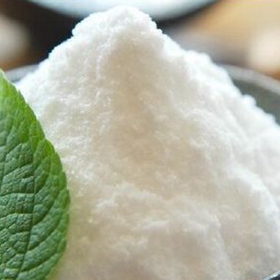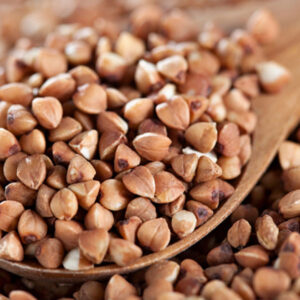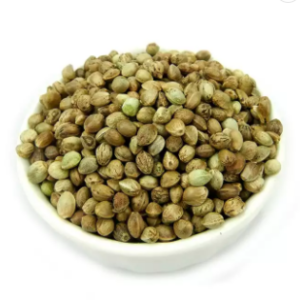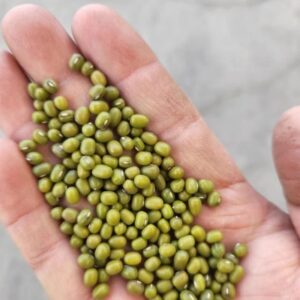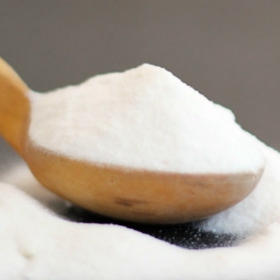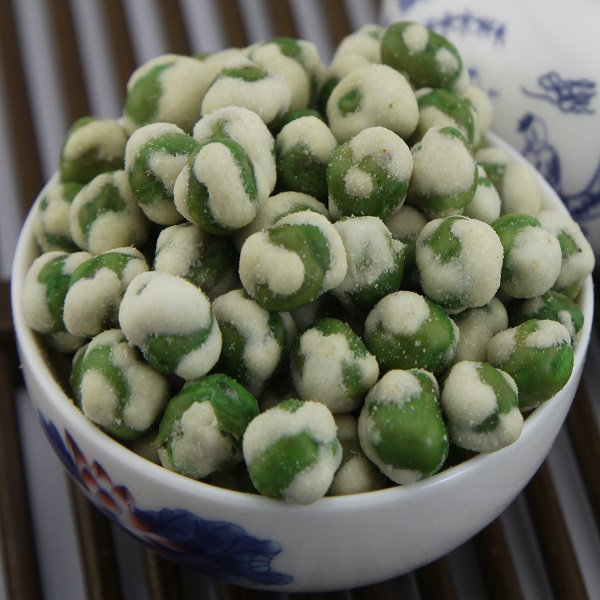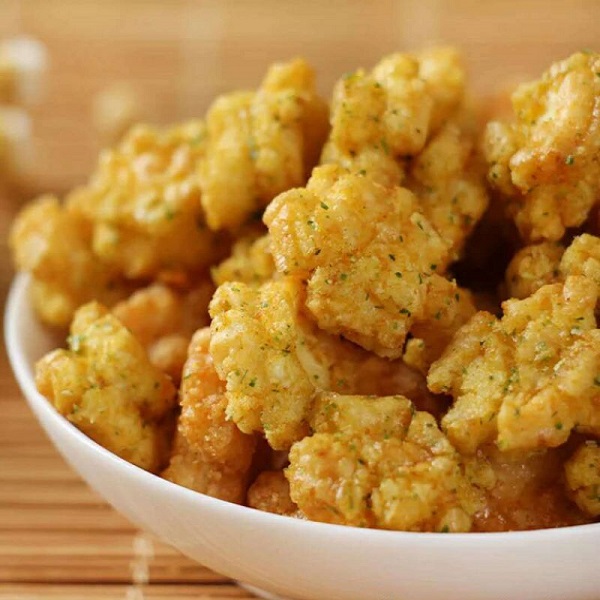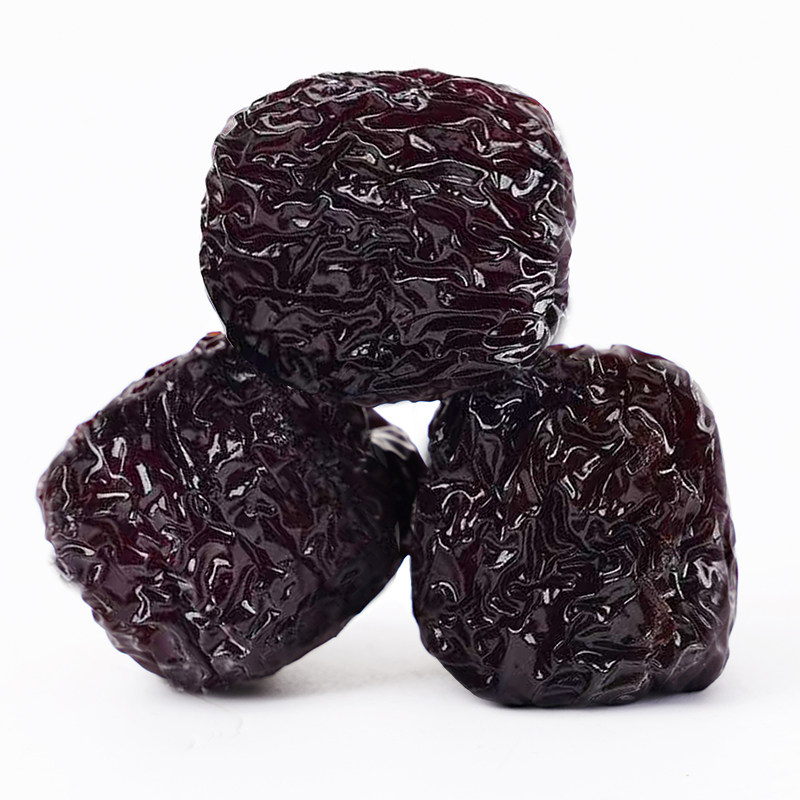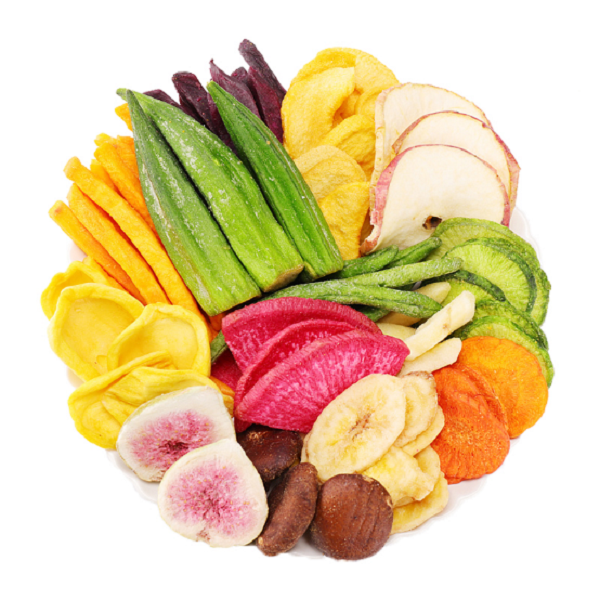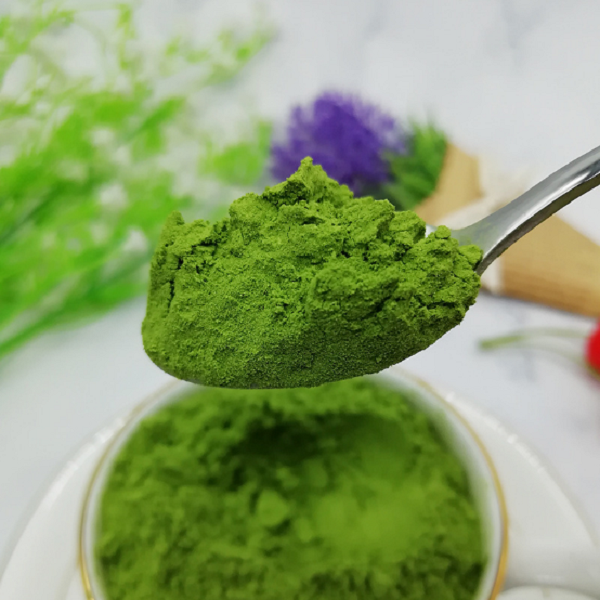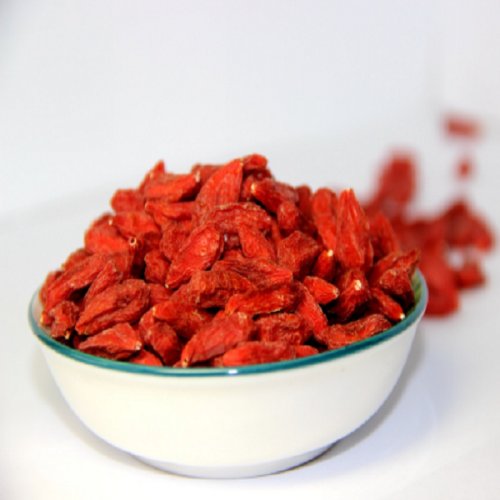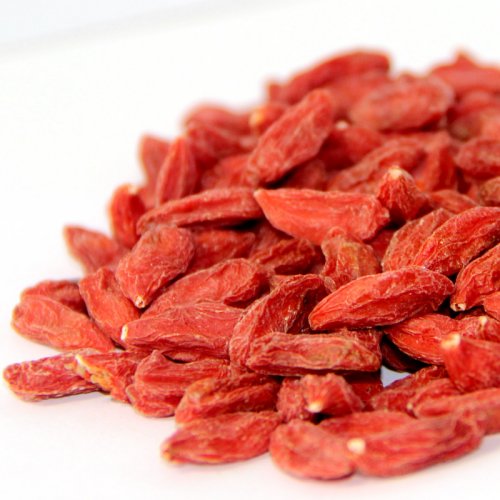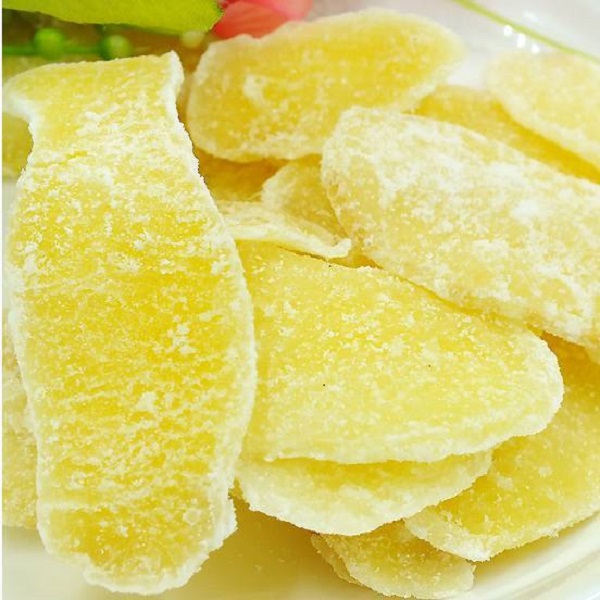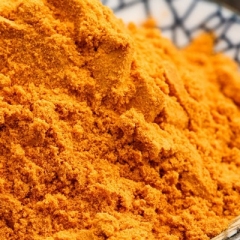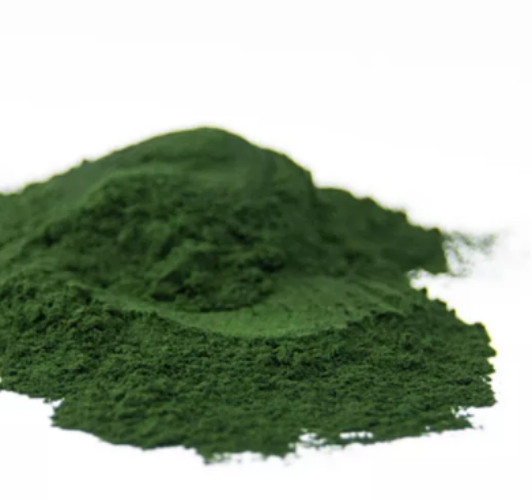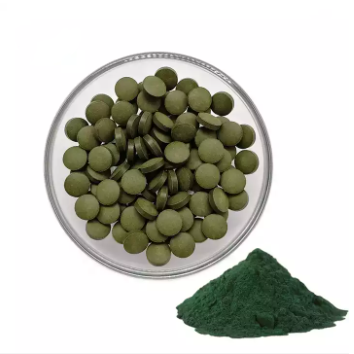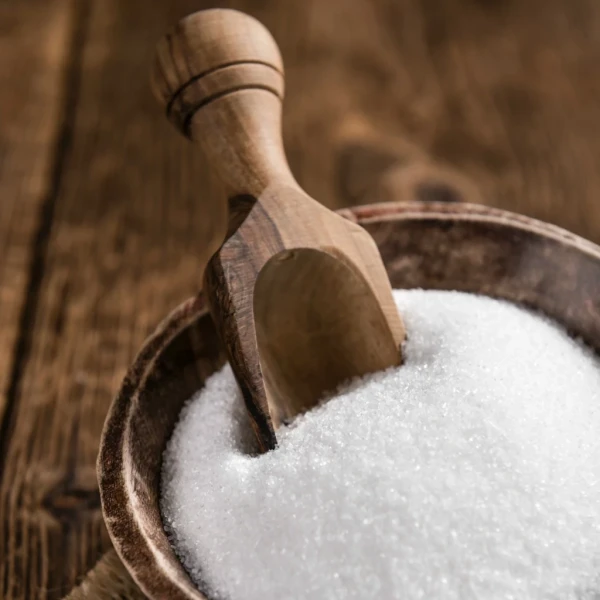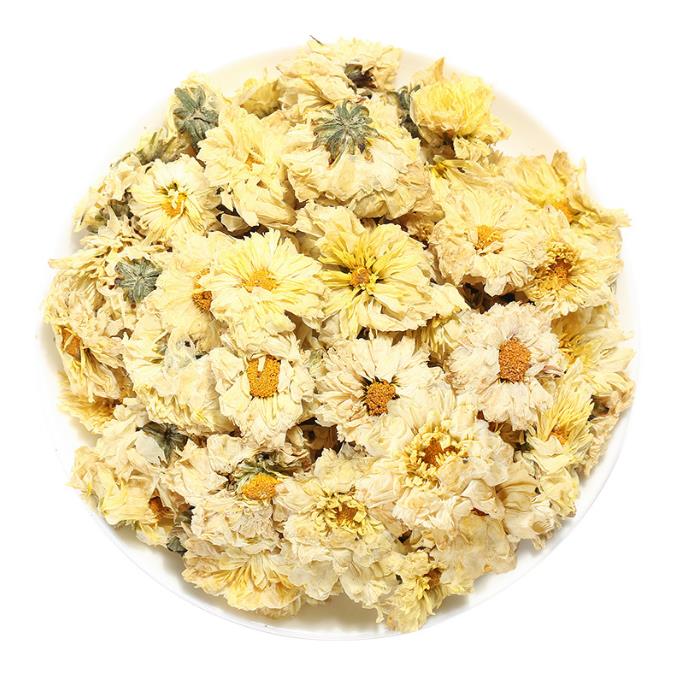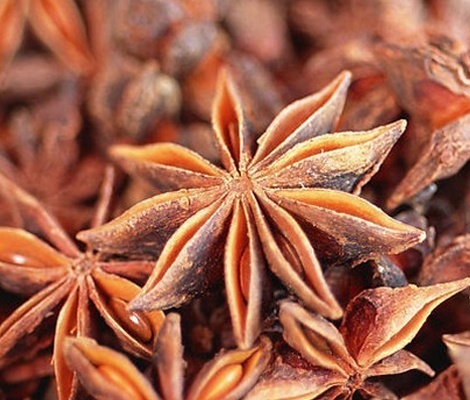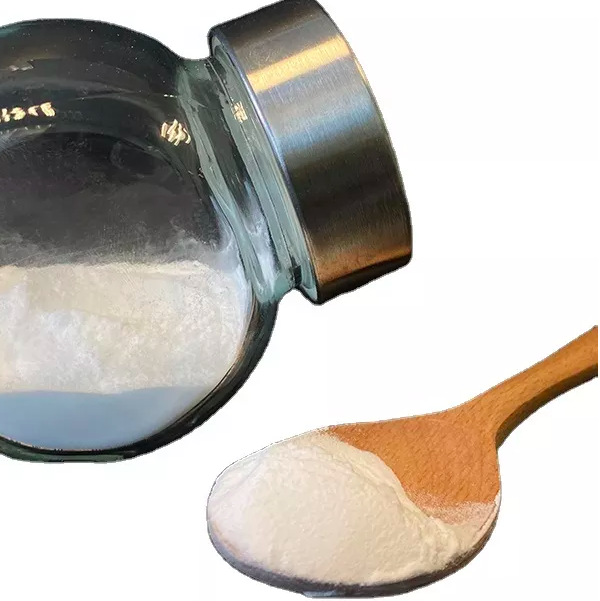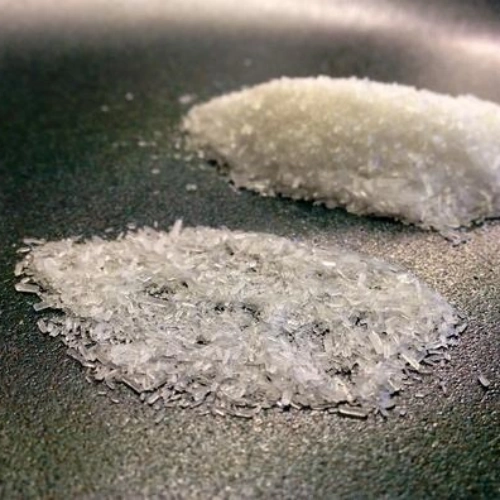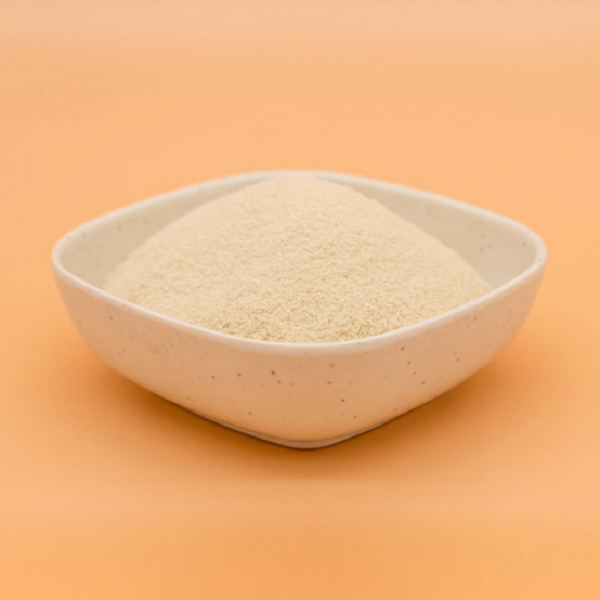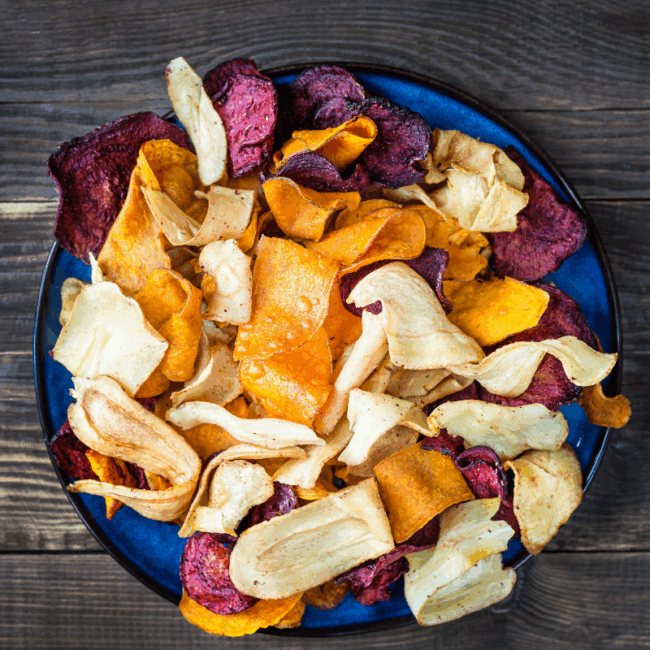Description
Erythritol
Product name: Erythritol Erythritol is a sugar alcohol (or polyol) food additive. It was discovered in 1848 by Scottish chemist John Stenhouse. Erythritol was first isolated in 1852. In 1950 it was found in blackstrap molasses that was fermented by yeast, and it became commercialized as a sugar alcohol in the 1990s in Japan. It occurs naturally in some fruit and fermented foods. At the industrial level, it is produced from glucose by fermentation with a yeast, Moniliella pollinis. Erythritol is 60–70% as sweet as sucrose (table sugar) yet it is almost noncaloric, does not affect blood sugar, does not cause tooth decay, and is partially absorbed by the body, excreted in urine and feces. Under U.S. Food and Drug Administration (FDA) labeling requirements, it has a caloric value of 0.2 kilocalories per gram (95% less than sugar and other carbohydrates), though nutritional labeling varies from country to country. Some countries, such as Japan and the United States, label it as zero-calorie; the European Union labels it 0 kcal/g.
CAS registry No.: [149-32-6]
Molecular formula: C4H10O4
Molecular weight: 122.12
We have obtained the United States and the EU organic food certification.
Advantages of Erythritol
- Erythritol is a natural zero-calorie sweetener, and xylitol is caloric.
- Erythritol is more tolerant than xylitol. All sugar alcohols eat more diarrhea, there is a problem of tolerance, and erythritol is the most tolerated by the human body.
- The average glycemic index and the mean insulin index of erythritol are lower than xylitol. Therefore, erythritol has a smaller effect on blood sugar and also has antioxidant activity.
Specifications And Standards
Packing Size And Storage
Packing size:12-26 mesh 25kg/brown paper bag or 10kg /brown paper bags, and other size according to your requirements.
Storage: Please keep in cool and dry place to prevent from moisture absorption and the sunlight, 24 months of normal shelf life.
Where can we use Erythritol
- Due to its low solubility (compared to sucrose), it is easy to crystallize and is suitable for foods that require a taste of sugar, such as chocolate, table sugar and soft drinks;
- The use of erythritol can also produce good quality bakery product additions, such as sauces, creams, cream icing and some surface decorations;

